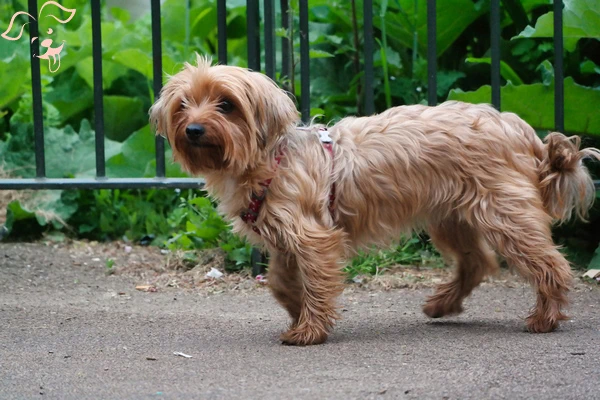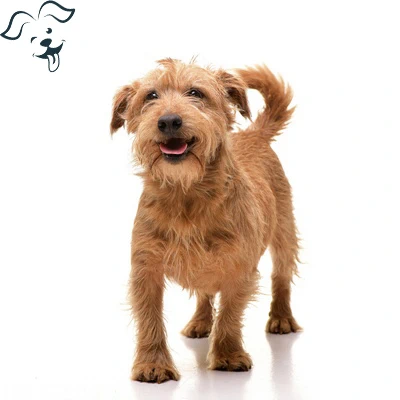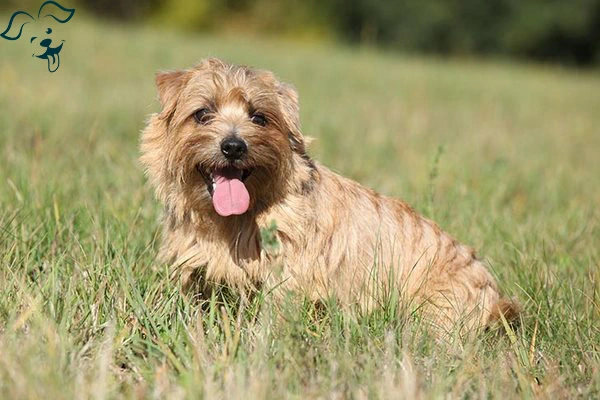CARING WITH FAMILY
|
| The level of affection a breed displays towards family members and well-known individuals can greatly vary. Some breeds may exhibit a sense of detachment towards everyone except their owner, while others exhibit remarkable friendliness towards anyone, they are acquainted with considering them as their nearest and dearest. |
LOVE WITH CHILDREN
Unwise
Good With Children
|
| The level of tolerance and patience a particular breed exhibits towards children's behavior, as well as its overall friendliness towards families is an important consideration. It is crucial to closely monitor dogs when they are in the presence of young children or any child who hasn't had much experience with dogs. |
BEHAVIOR WITH DOGS
Unwise
Good With Other Dogs
|
| The overall sociability of a breed towards other dogs is a significant factor to consider. While it is vital to supervise dog interactions and introductions, certain breeds naturally have a higher propensity to get along well with other dogs, whether it be within the home or in public settings. |
SHEDDING LEVELS & MANAGEMENT
No Shedding
Hair Everywhere
|
| The amount of fur and hair a particular breed tends to shed is an important aspect to consider. Breeds with high shedding will likely require more frequent brushing, potentially trigger specific allergies and necessitate more consistent vacuuming and lint-rolling to keep up with the shedding. |
COAT GROOMING STANDARDS
|
| The frequency of bathing, brushing, trimming and other coat maintenance tasks varies across different breeds. It is crucial to consider the amount of time, patience and budget you can allocate for grooming when assessing the required effort. Additionally, it's important to note that all breeds necessitate regular nail trimming as part of their grooming routine. |
DROOLING INTENSITY
Less Likely to Drool
Always Have a Towel
|
| The tendency of a breed to drool is another factor to consider. If you prefer cleanliness and tidiness, breeds that produce excessive slobber leaving ropes of drool on your arm or causing large wet spots on your clothes may not be the ideal choice for you. |
COAT STYLES GUIDE |
| Wiry, Double |
| COAT SPECTRUM |
| Short |
FRIENDLINESS
Reserved
Everyone Is My Best Friend
|
| The level of friendliness a breed exhibits towards strangers is worth considering. Some breeds tend to be reserved or cautious around all strangers, regardless of the setting, while others are generally open and happy to meet new people whenever an opportunity arises. |
LIVELINESS
Only When You Want To Play
Non-Stop
|
| The level of enthusiasm a breed exhibits towards play, even beyond puppyhood is worth considering. Certain breeds will maintain their interest in playing tug-of-war or fetch well into their adult years, while others will be content with relaxing on the couch with you most of the time. |
VIGILANCE INTENSITY
What's Mine Is Yours
Vigilant
|
| The inclination of a breed to alert you when strangers are in the vicinity is an important characteristic to consider. Such breeds are more likely to react to any potential threat, whether it's the mailman or a squirrel outside the window. However, these breeds are also likely to become more welcoming to strangers who enter the house and who are accepted by their family. |
ADAPTATION CAPACITY
Lives For Routine
Highly Adaptable
|
| The adaptability of a breed to handle change is an important aspect to consider. This includes how well they adjust to changes in living conditions, noise levels, weather conditions, daily schedules and other variations in day-to-day life. |
OBEDIENCE LEVEL
Self-Willed
Eager to Please
|
| The ease of training and the willingness of a dog to learn new things are crucial factors to consider. Certain breeds are naturally driven to make their owners proud and are thus easier to train. On the other hand, some breeds have a more independent streak and may prefer to do what they want, when they want and wherever they want. |
STAMINA LEVEL
|
| The exercise and mental stimulation requirements of a breed is important considerations. High-energy breeds are always ready for their next adventure and eagerly engage in activities such as running, jumping and playing throughout the day. In contrast, low-energy breeds are akin to couch potatoes, content to relax and snooze around the house. |
VOCALIZATION
|
| Likes To Be Vocal |
LEARNING CURIOSITY LEVEL
Happy to Lounge
Needs a Job or Activity
|
| The amount of mental stimulation a breed needs to remain happy and healthy is an important consideration. Purpose-bred dogs, with jobs that involve decision-making, problem-solving, concentration and other qualities, require adequate mental exercise. Without sufficient mental stimulation, they may create their own "projects" to keep their minds occupied and these projects may not align with the activities you would prefer them to engage in. Providing appropriate mental stimulation is crucial for their overall well-being. |
| COLORS |
|
Description
|
Registration Code
|
|
Black & Tan
|
018
|
|
Grizzle
|
109
|
|
Red
|
140
|
|
Red Wheaten
|
156
|
|
Brown
|
061
|
|
Wheaten
|
224
|
|
| PATTERNS |
|
Description
|
Registration Code
|
|
Black Markings
|
002
|
|






























FRIENDLINESS
LIVELINESS
VIGILANCE INTENSITY
ADAPTATION CAPACITY